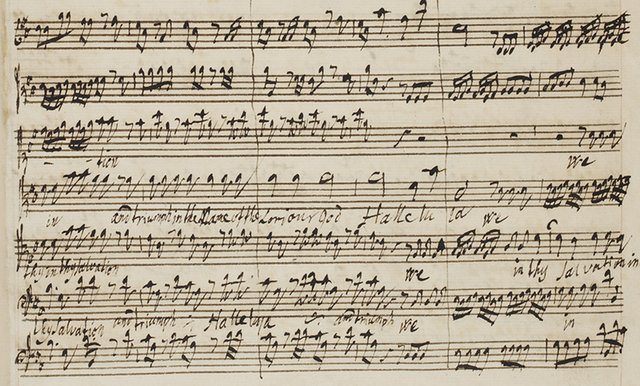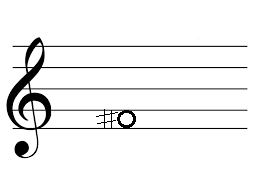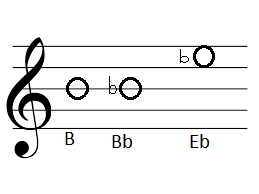Music Theory For Beginners - Lesson 5 - Writing sharps and flats on the stave

Music Theory For Beginners
Hello everyone and welcome to the fifth lesson in my series Music Theory for beginners, in this series I am going to be covering some basic music theory that will be able to help any player improve their general musicianship and help them to improve on their chosen instrument.
In this lesson, we are going to expand on the knowledge of sharps and flats that we gained from the previous lesson, by learning how to write sharps and flats on the stave. This will give us the tools to start talking about more interesting topics such as Intervals and Scales.
The Sharp on the Stave
When we are writing notes such as F# and A# on the stave we place the sharp symbol before the note we wish to "sharpen" and on the same line or space.
Have a look below to see an example:

As you can see below I have written the note G then I have sharpened the note to produce a G#. Notice that line on the stave goes through the centre of the sharp symbol. When you write a sharp note in a space it looks like this:

When you are writing your music, it does not have to be perfect, just as long as it can be understood. If you want perfectly written music then you can use a program such as Sibelius for your transcriptions.
The Flat on the Stave
The flat is very similar to the sharp in that it comes before the note and it sits in the centre of the line/space that the note is on.
Have a look below for an example of a flat on a line and in a space.

Accidentals
When notes are written on the stave like this without the use of a key signature, they are known as accidentals. This will become more apparent when we cover key signatures and add a third symbol known as the natural symbol, for know just get comfortable with writing out your sharps and flats on the stave.
Challenge
In this challenge, you are going to practice writing out notes with sharps and flats
The challenge
Write all of the A# and F# notes on the stave upto 2 ledger lines above and below. On the TREBLE CLEF
Write all of the Bb and Eb notes on the stave upto 2 ledger lines above and below. On the BASS CLEF
Conclusion
In this lesson we have covered how to write sharps and flats on the stave, now that we have completed this we can move on to more advanced and interesting topics that will start to open your mind to new ideas whilst playing.
If you have any questions about music theory or need any help with any concepts, please leave a comment and I will be happy to help out.
Message to readers
Thanks for taking the time to read my post, if you are interested in Music, Science, Technology or Computer Science then check out my blog, I am making an effort to provide good quality original content to the Steemit community.
was never good at theory. but i can blast out a decent metal/djent riff or lead with no issues.
my thought process..... ''oh look, a double dot.... i need to put my finger there .. ish... '' haha
Yeah, I love that about music. It's like a language, you don't actually need to know how to write it to be able to speak it. :)